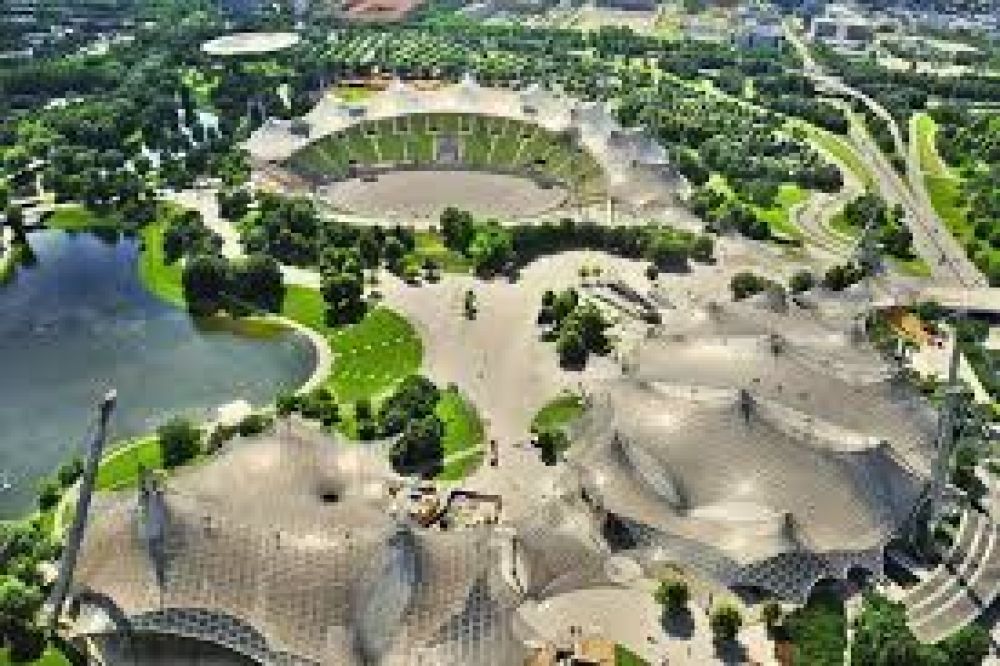

Olympiapark in Munich is a prime example of how a large-scale sporting complex can be transformed into a multifaceted tourist attraction with enduring appeal. The park's history as a tourist destination began with the 1972 Summer Olympics. Constructed for the Games, the site featured cutting-edge architecture and became known for its iconic structures like the Olympiastadion (Olympic Stadium) and the Olympiaturm (Olympic Tower).
After the conclusion of the Olympics, the challenge was to repurpose the site in a way that would continue to draw visitors and serve the local community. Munich rose to the challenge magnificently, converting Olympiapark into a leisure and recreational park. Over the years, it has hosted numerous concerts, festivals, and sporting events, which have continued to attract tourists from all over the world.
Olympiapark's unique combination of historical significance, architectural wonder, and its vibrant program of events and activities make it a must-visit destination for tourists in Munich.
Tourism trends at Olympiapark have been evolving in recent years. With increased awareness about sustainable travel, there has been a greater emphasis on the park's green spaces and eco-friendly practices. Visitors are also drawn to the park's athletic and wellness offerings, which resonate with the global trend towards health-conscious vacations.
In terms of technology, interactive apps and virtual reality experiences are becoming more common, offering guests novel ways to engage with the park's history and features. Event tourism also plays a substantial role, with the park frequently updating its calendar with a variety of attractions that appeal to a wide audience.
The park has adeptly navigated the challenges of the COVID-19 pandemic by implementing safety protocols and leveraging outdoor spaces to continue attracting visitors.
It's clear that Olympiapark's significance extends beyond its Olympic legacy. It serves as a dynamic blueprint for how large sports complexes can evolve into thriving tourist hubs long after the closing ceremonies.